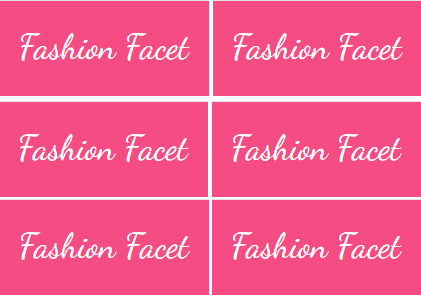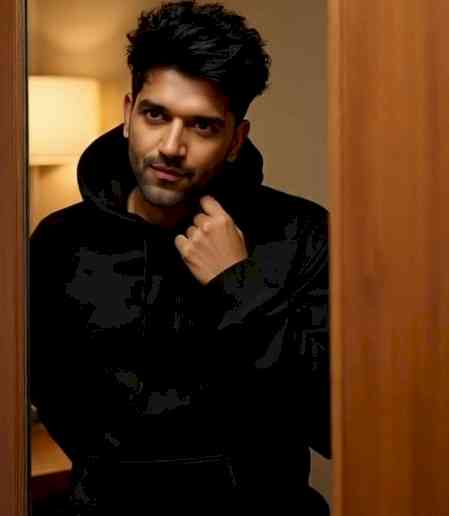Dr. Panchwagh’s internationally Recognized Artworks played Key Role in Raising Funds for Rare Medical Conditions like Trigeminal Neuralgia

Pune, November 04, 2025: Art has long been an avenue for exploring the depths of human emotion and perception. Enriching the experience of the aesthetic beauty. For centuries, artists have captured the play of light, perspective and shadow in their work, revealing the often unseen beauty of the world around us. For Pune-based neurosurgeon, Dr. Jaydev Panchwagh, who is internationally known for his expertise in deep and complex brain and spine surgeries, this exploration extends to the human brain, where the interplay of light and shadow within its structures seen during surgery in the depth and crevices of the skull has inspired a unique series of stunning collection of paintings that reveal its hidden complexities.
"Over the last many years, as I was painting light from nature the light from my daily work of surgeries enthralled me more and more. Without a doubt this process has enriched my journey of skull base tumours, Microvascular decompression, Aneurysms and intraventricular tumour work." Dr Panchwagh said.
Dr. Jaydev Panchwagh, who is a Consultant Neurosurgeon at Sahyadri Super Speciality Hospital, Deccan Gymkhana, Pune, began his artistic journey five years ago. What started as a personal passion has now blossomed into a stunning collection of over 60 paintings that were recently displayed at an international Neurosurgery conference in Mumbai. His work was also exhibited in Germany in the month of September where it gained significant recognition and the paintings were sold to raise funds for patients suffering from Trigeminal Neuralgia and Hemifacial Spasms. His art combines the scientific precision of his Neurosurgical skills with the creative expression of his artistic journey. Inspired by the brain's intricate architecture observed during surgeries, his artwork offers a new perspective on the beauty and complexity of the human mind.
Dr. Panchwagh’s paintings have garnered attention from both the medical and artistic communities. His recent painting called as “Firing Lines" was recently generated a lot of interest across the world. This painting was based on a surgical microscopic photograph of Arteriovenous Malformation of the spinal cord. The photo was from a surgery performed by Dr. Michael Lawton, President and CEO of the Barrow Neurological Institute, Phoenix Arizona. Dr Lawton is one of the top Neurosurgeons in the world and is also known for his involvement with Elon Musk’s Neuralink. So this difficult surgery performed by Dr. Lawton served as the basis for this work. The painting known as the "Firing Lines" focuses not only on the complexities of spinal cord arteriovenous malformations but also brings out the aesthetic beauty of the meandering blood vessels with red, pink, crimson and yellowish colours of fire seen under the microscope. “This was the first time I painted someone else’s surgery, and it took around 12 hours to complete. I’m honoured to have captured a procedure performed by one of the world’s leading neurosurgeons,” Dr. Panchwagh shared. This painting captures the tangled web of abnormal blood vessels in the brain, visualized in shades of red and transforming as if alive.
“The aim of my artwork is to reveal the hidden beauty and complexity of the brain’s vital structures,” said Dr. Panchwagh. His passion for blending science and art stems from his experience as a neurosurgeon, where modern endoscopy enables him to explore the brain’s intricate architecture. He describes this as both a scientific and artistic pursuit — a unique form of art that unites aesthetics and neuroscience. What began as sketching during his research naturally evolved into painting, allowing him to capture these mesmerizing inner landscapes.
Dr. Panchwagh emphasized the importance of spreading awareness about this rare and excruciating condition that causes severe facial pain. Having treated numerous patients, he used paintings from his recent exhibition in Germany to raise funds for individuals suffering from Trigeminal Neuralgia and Hemifacial Spasms. Through his art, Dr. Panchwagh beautifully merges neurosurgery and creativity, inspiring both the medical community and the public to recognize the brain’s intricate beauty while drawing attention to critical neurological conditions.
Dr. Panchawagh added, “Paintings connect more deeply with the human subconscious than photographs, a bond that dates back to our cave-dwelling ancestors. Visual art fulfils an innate aesthetic hunger and imparts knowledge effortlessly, which is why paintings continue to thrive even in the age of high-quality photography.”


 City Air News
City Air News 











